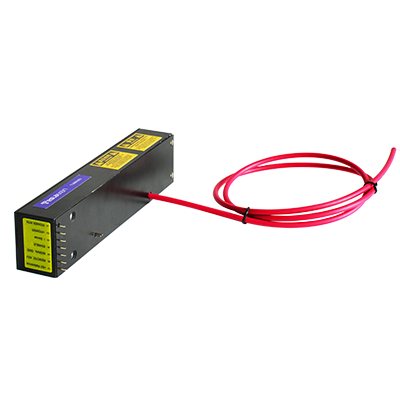Efficient Modes of Deburring Cold-Strike Power Supplies: Technological Innovation in Precision Manufacturing
In precision manufacturing, burr removal is a critical process for ensuring product quality. Traditional methods (e.g., mechanical grinding, chemical etching) face challenges such as low efficiency, base material damage, and environmental pollution. Deburring cold-strike power supplies, leveraging high-energy pulsed currents and non-contact processing, enable efficient, precise, and thermally distortion-free burr removal, emerging as a core technology in high-precision manufacturing.
1. Technical Principles: The Science of Precise Electrical Control
The core of cold-strike deburring lies in using high-voltage pulsed currents (typical parameters: 20V–600V voltage, 300A–3000A current) to generate instantaneous high energy. Through electrochemical reactions or electromagnetic forces between the electrode and workpiece, burrs are selectively removed. Efficiency stems from two innovations:
Pulse Modulation: Microsecond-level pulses (up to kHz frequency) deliver high-density energy within ultra-short durations. This causes localized anodic dissolution or brittle fracture of burrs while the base material remains below thermal deformation thresholds due to high heat capacity and rapid dissipation (cold processing).
Dynamic Response: Closed-loop control systems monitor load changes in real time, auto-adjusting parameters (e.g., current density, pulse width) to adapt to materials (steel, aluminum/copper alloys) and burr geometries (micro-hole burrs, cross-hole burrs).
2. Core Advantages of Efficient Modes
Precision & Control
In electrochemical cold-strike mode, tool cathodes are shaped to match burr profiles. With precise positioning (0.3–1mm gap) and insulation masking, electrolysis targets only burrs, achieving micron-level accuracy and sharp-edge rounding (R-angle 0.1–0.5mm).
Electromagnetic cold-strike uses pulsed magnetic fields to induce eddy currents, generating mechanical shear forces to detach burrs without chemical residues—ideal for medical devices.
Efficiency Breakthrough
Traditional manual deburring takes 5–30 minutes per part, while a 600V/3000A power supply completes complex components (e.g., engine valve bodies, gearboxes) in 10–30 seconds, boosting efficiency 10-fold.
Multi-electrode parallel processing further reduces cycle times, e.g., simultaneous deburring of cross-holes in automotive connecting rods eliminates repositioning.
Compatibility & Sustainability
Integrable with robotic automation for flexible production lines, especially for aerospace components with complex shapes.
Compared to thermal (deformation-prone) or chemical (pollution-risk) methods, cold-strike produces no waste gases/liquids, cutting energy consumption by 40%.
3. Application-Specific Adaptations
Micro-Scale Parts: Electronic component pins or microfluidic chips require 20V/300A-level low-voltage power to avoid microstructural damage.
Heavy Equipment: Crankshaft oil passages or hydraulic valve blocks need 5000V/500A-level high-energy pulses to penetrate thick burrs while ensuring surface roughness Ra≤0.8μm.
Composite Materials: Carbon fiber-reinforced polymer (CFRP) deburring uses customized pulse waveforms to prevent fiber delamination.
4. Future Trends: Intelligence & Energy Efficiency
Digital Twin Integration: AI algorithms and real-time sensors will predict burr locations and auto-optimize power parameters for zero-debugging production.
Green Power Architectures: High-frequency inverter topologies will reduce reliance on electrolytes (e.g., water-based solutions replacing sodium nitrate), minimizing corrosion.
Conclusion
The efficient mode of deburring cold-strike power supplies signifies a shift from experience-dependent to energy-precision-controlled manufacturing. By replacing mechanical/chemical forces with electrical energy, it achieves selective material removal at microscopic scales. As high-voltage power modules converge with intelligent control systems, this technology will continue to propel high-end manufacturing toward superior quality and sustainability.




















